
Cover reporter Qiu Tian
Thrombosis has become a common cardiovascular and cerebrovascular disease in our lives. It is also rising. No matter what kind of thrombosis, the consequences are very serious, especially for middle-aged and elderly people. If you don’t pay attention, it will often lead to serious complications and even life-threatening. killer”.
This issue of “Perfect Healthy Life” invites Zeng Guojun, deputy chief physician of the Department of Vascular Surgery, West China Hospital, Sichuan University, to popularize the difference between arterial thrombosis and venous thrombosis.

Why do blood clots appear in the human body?
Human blood vessels can be divided into veins and arteries, and thrombus may form in both veins and arteries, so the two are called arterial thrombosis and venous thrombosis.
The pathogenic factors of arterial and venous thrombosis are different.
With the continuous improvement of people’s living standards, changes in living habits, prolongation of life expectancy, and aging of the population, the incidence of arteriosclerosis and occlusion continues to increase. The thickening of the arterial wall, the continuous formation of atherosclerotic plaques and calcified plaques, may be secondary to thrombosis, and the arteries become more and more narrowed or even occluded by arteriosclerosis.
On the basis of atherosclerotic plaque, thrombus may form. Atherosclerosis is the most common risk factor for acute arterial thrombosis. Atrial fibrillation and other emboli formed after the detachment.
About arterial thrombosis
With the change of living habits, many people have hyperlipidemia such as elevated cholesterol and elevated triglycerides. Atherosclerosis will gradually appear. As the atherosclerosis of the arteries gradually increases and becomes thicker, the stenosis of the arterial lumen may eventually be formed, affecting the distal blood supply.
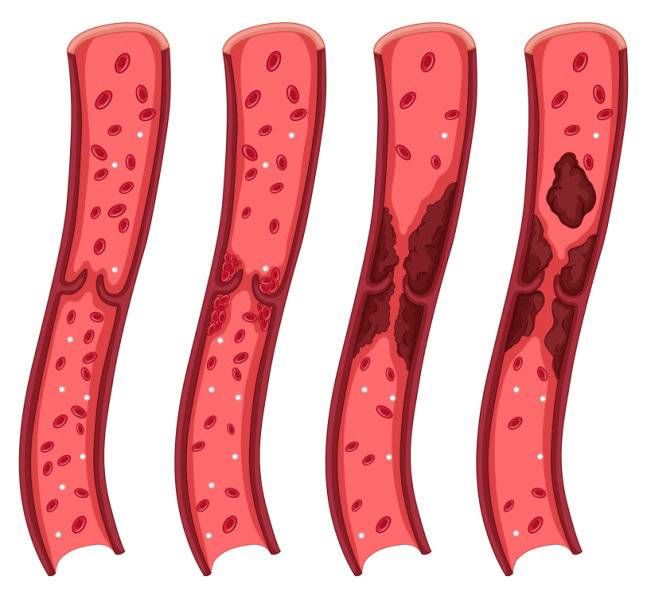
When the stenosis of the blood vessel is very severe, the thrombus will block the passages of the blood vessels in various parts of the body like a plug. Causes blood supply to related organs to be affected. Depending on the location, complications such as coronary heart disease, cerebral infarction, and limb ischemia may occur, and patients may experience symptoms of related organs. If in the heart, chest pain, palpitations, abnormal shortness of breath, or even life-threatening. If it is in the brain, it will manifest as hemiplegia, aphasia, headache, dizziness, disturbance of consciousness, and even life-threatening. If it is in the limbs, it is manifested as limb pain, limited activity, shortened walking distance or even avascular necrosis. If it is in the carotid artery, it may affect the blood supply to the brain, causing cerebral ischemia.
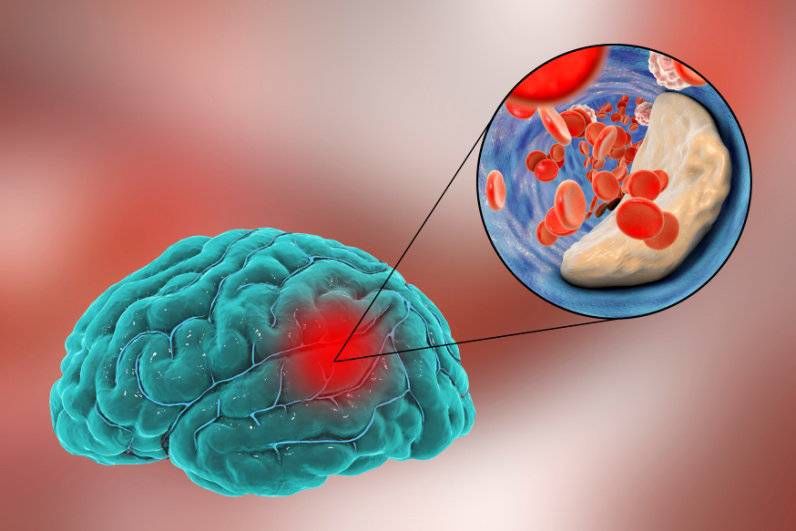
In addition to the heart, brain, limbs, and carotid arteries, embolism may also occur in other arteries, such as the clavicle Inferior arteries, visceral arteries, etc.
About venous thrombosis
The thrombus formed by veins is mostly caused by slow venous blood flow, increased blood viscosity, and vascular endothelial injury in veins.
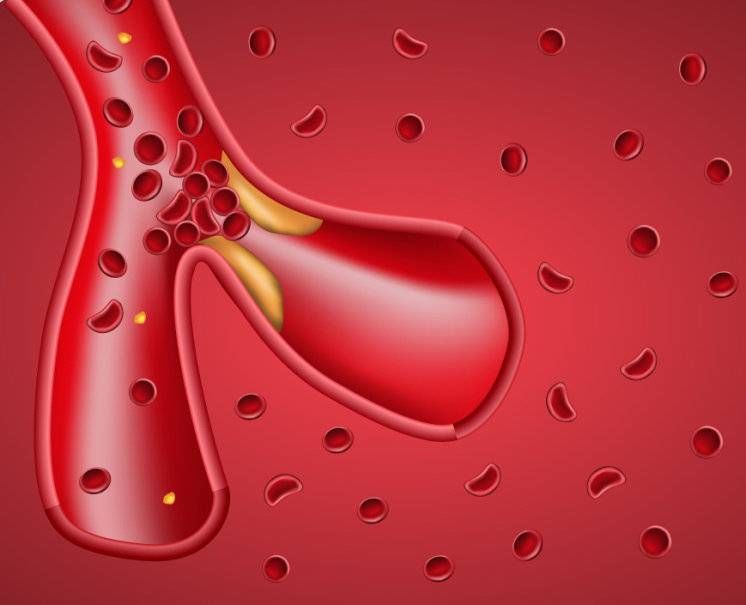
Venous thrombosis mostly occurs in the lower extremities, which can easily lead to venous return disorders, manifested as limb swelling, fever, and fractures compared to falls. Later, or for some reasons, prolonged immobilization in bed may lead to venous thrombosis. For example, if a person sits on a long-distance plane for more than 30 hours and does not drink much water or go to the ground, there may be a risk of thrombosis.
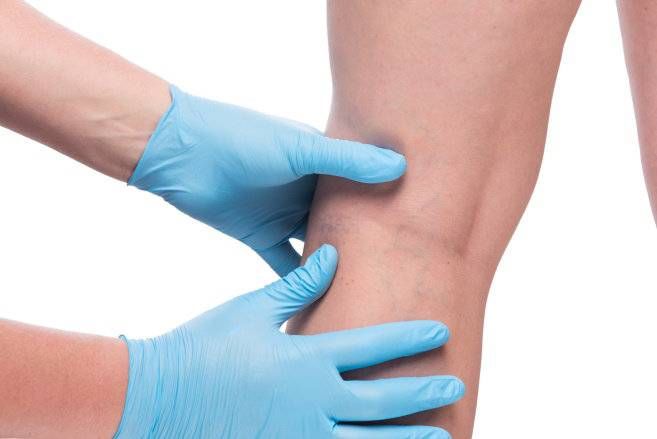
The biggest danger of deep vein thrombosis is that it may fall off and cause pulmonary embolism. A larger range may cause symptoms such as chest pain, hemoptysis, and difficulty breathing, and in severe cases, it may lead to shock, which is life-threatening.

“In daily life, a healthy diet is recommended. For patients with atherosclerotic plaque and arteriosclerotic occlusion, it is recommended Control the intake of high cholesterol, animal offal and too greasy food. People with high risk factors of venous thrombosis should avoid standing and sitting for a long time, and get up and move frequently.
For people with arteriosclerosis and occlusion, in addition to diet and Drugs, a very important point is to quit smoking, smoking has a great impact on blood vessels.” Zeng Guojun said.
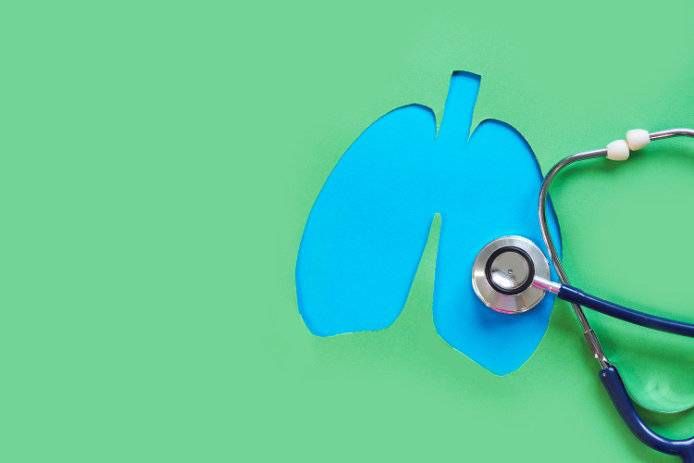
【If you have news clues, you are welcome to report to us, and you will be paid for once adopted. Newsletter WeChat Follow: ihxdsb, Newsletter QQ: 3386405712]